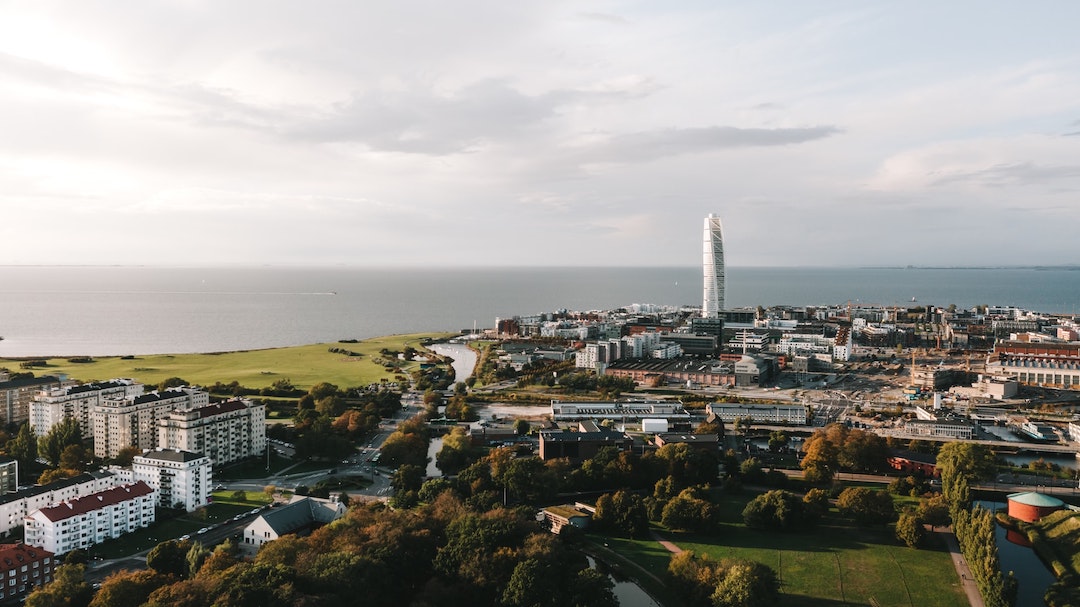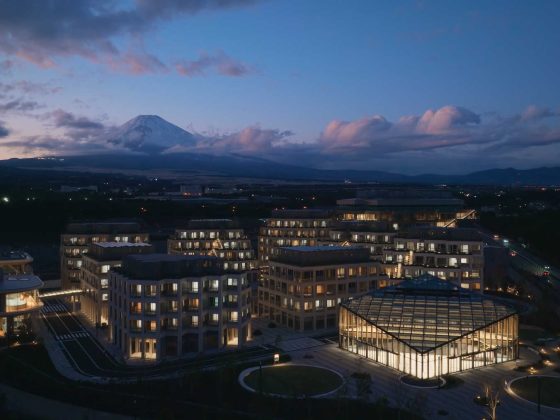- A billion people live in a city with renewable energy targets or policies.
- Cities contribute three-quarters of CO2 emissions from final energy use.
- New report highlights some ways cities around the world are getting greener.
A billion people lived in a city with a renewable energy target or policy in 2020.
Around the world, national and local governments are waking up to the potential of renewables as a way to create clean, liveable cities. More than half of the world’s population lives in a city, and cities contribute around three-quarters of the carbon dioxide emissions from global final energy use.
As urbanization continues apace, cities have an important role to play in helping curb greenhouse gas emissions and achieve Paris climate agreement objectives to limit global warming.
In a new report, REN21, a global body of scientists, governments, NGOs and industry, has highlighted some of the cities leading the way. Here are five of the most effective and innovative projects from around the world.
Adelaide, Australia
Adelaide’s municipal operations have been powered entirely by renewable energy since July 2020. The city gets energy from wind and solar farms as part of a long-term commitment to reach carbon neutrality by 2025.
Among the steps being taken to achieve this are energy-efficient buildings, initiatives to promote cycling and walking, and schemes to support the uptake of hybrid and electric vehicles.
The city has also invested in energy storage technologies, including the Hornsdale Power Reserve. It is one of the world’s largest lithium-ion batteries, and allows for greater use of a variety of renewable energy sources.
Adelaide is also investigating the opportunity to harness biogas from wastewater treatment plants as an additional energy source.

Seoul, Republic of Korea
Seoul has a strategy to reach carbon neutrality by 2050 built around five key areas – buildings, mobility, forestry, clean energy, and waste management. On the path to 2050 it has two interim goals – achieving 40% emission reduction by 2030 and 70% reduction by 2040 (compared with 2005 levels).
The city also has measures in place to cut back its reliance on nuclear energy by adding solar capacity. One of the key challenges is finding sufficient space to install photovoltaic (PV) panels. To tackle this, it is identifying new installation sites on urban infrastructure, and providing subsidies for PV panels integrated into buildings.
Cocody, Ivory Coast
In 2017, Cocody released a plan to reduce carbon emissions by 70% by 2030. The city faces a particular struggle to achieve this because of rising energy demand driven by rapid urban development and economic growth.
The city has put in place a reforestation and carbon sequestration programme, under which more green spaces will be created and 2 million mangrove trees will be planted or restored.
Other initiatives include using solar energy to power large public buildings, installing solar lamp posts and traffic lights, and supplying households with PV power kits.
Older cars are gradually being removed from the roads and others are being fitted with catalytic exhaust systems to reduce pollution.
Malmö, Sweden
Malmö has made a name for itself as a sustainable city. The Western Harbour District has operated on 100% renewable energy since 2012, while the industrial area of Augustenborg has solar thermal panels connected to a central heating system.
The city plans to run entirely on renewables by 2030, up from around 43% in 2020.
Construction is under way on a geothermal deep-heat plant, which is expected to be operational in 2022. By 2028 it is hoping to have five of these geothermal plants.
Cape Town, South Africa
Coal is the dominant energy source in South Africa by some margin. The government wants to increase the share of renewable energy from around 8% in 2016 to 40% by 2030.
Emissions from transport are also a major problem for the city. It is exploring the use of biofuels in transport, and has run a pilot programme with locally made electric buses.
A surge of PV panel installations in the past decade means Cape Town had the highest concentration of registered rooftop solar PV systems nationwide in 2019. The city is also targeting greater use of solar-powered water heating systems in low-income areas.
Renewable energy provision at scale is also an option being seriously considered.
Republished from the World Economic Forum












